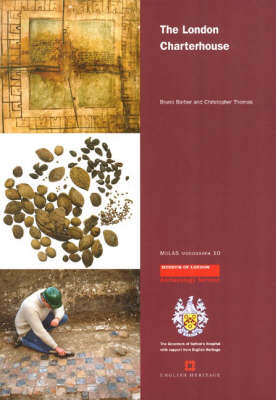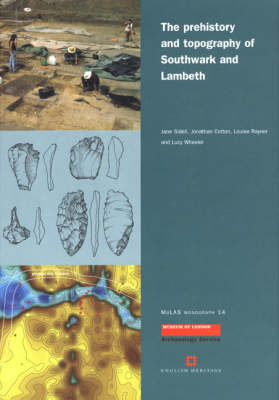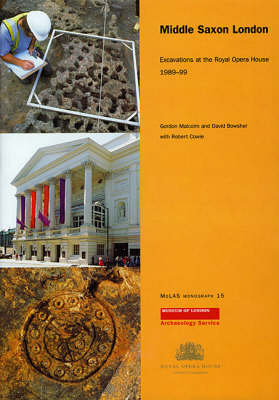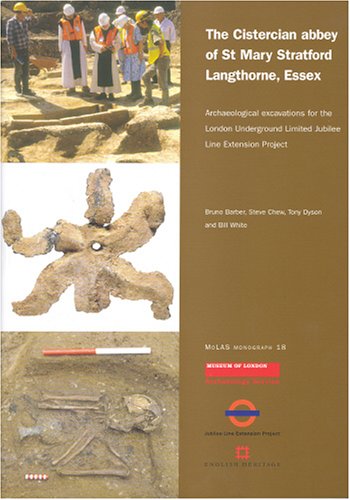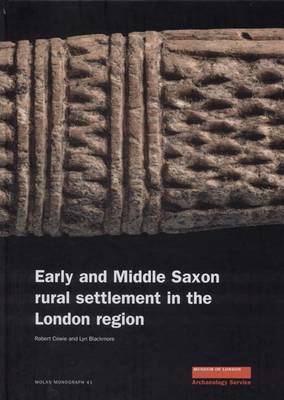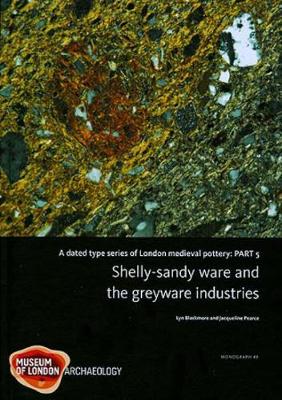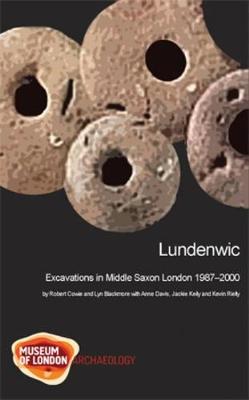MoLAS Monograph
9 primary works • 10 total works
Book 4
The Eastern Cemetery of Roman London
by Bruno Barber, David Browsher, and D. Bowsher
Book 10
Book 14
Prehistory and Topography of Southwark and Lambeth
by Jonathan Cotton, Louise Rayner, Lucy Wheeler, and Jane Sidell
Book 15
The book also looks at the medieval and post-medieval development of the area, and includes numerous, brief specialist reports on the finds and environmental remains.
Book 18
Cistercian Abbey of St Mary Stratford Langthorne, Essex
by Bruno Barber, Steve Chew, T. Dyson, and Bill White
Book 22
Royal palace, abbey and town of Westminster on Thorney Island
by Christopher Thomas, Robert Cowie, and Jane Sidell
Book 41
Early and Middle Saxon Rural Settlement in the London Region
by Robert Cowie and Lyn Blackmore
Book 49
A Dated Type Series of London Medieval Pottery, Part 5
by Lyn Blackmore and Jacqueline Pearce
Book 63
The final section focuses on finds assemblages recovered from the settlement, including ceramics, glass, metal, and bone and antler artefacts, as well as human, animal and plant remains. Radiocarbon dates interpreted by Bayesian modelling are found to broadly accord with archaeological evidence for rapid settlement growth in the third quarter of the 7th century AD, and the first use of Ipswich ware (an important chronological marker) in London c AD 730. The volume also includes a gazetteer of sites and a timeline for the settlement and its hinterland.

